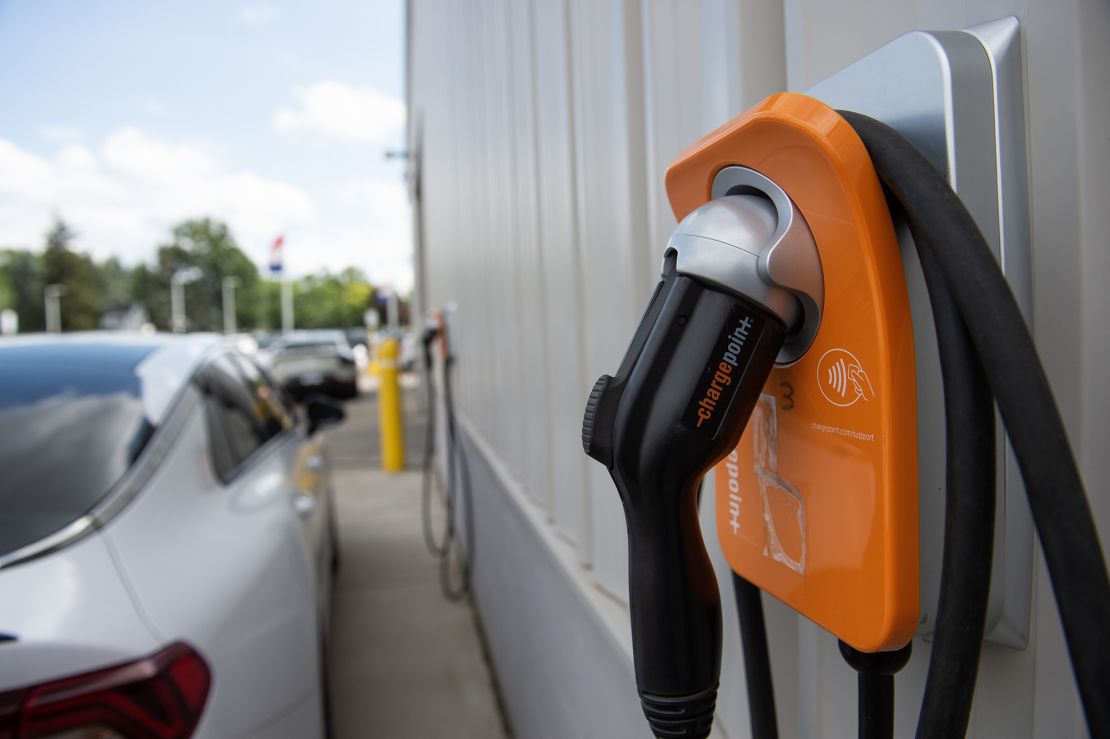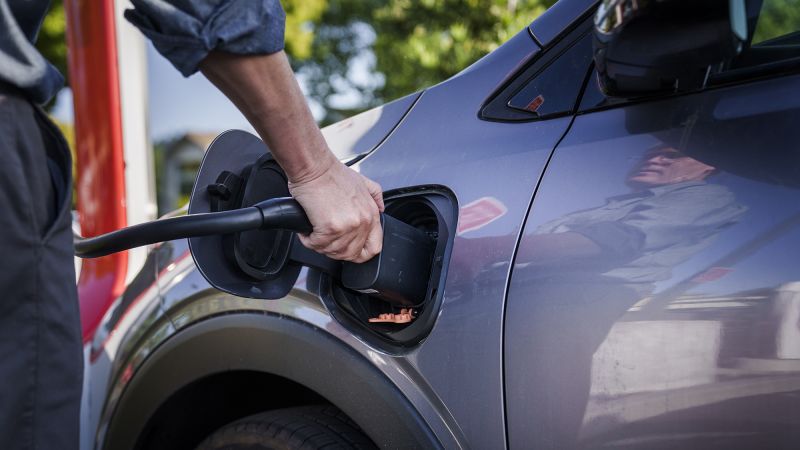Powering your car should always be easy, whether you fill it with electrons or gasoline. If it’s an electric car, you should be able to swipe a credit card, plug in the cable and your vehicle will just… charge. And it actually does work that way a decent amount of the time.
Unfortunately, not always. There are incompatible charger designs, different charging speeds and acronym overload. (Is that a CCS or NACS? Why can’t I find CHAdeMO when I need it and why is it spelled that way?) There are fast chargers that aren’t always very fast – but it’s not always the charger’s fault. Also, how do I pay for this? Where is a charger, anyway?
A lot of problems are being solved and a lot of pointless confusion is getting ironed out as the industry expands and agrees on standards. But other differences just come with the technology and will probably always be this way.
Surveys by J.D. Power show that, despite more and more EV chargers being available, EV owners are actually getting less satisfied with public charging. When it comes to consumer satisfaction, EV charging is in some very poor corporate company.
“They’re still on the very low end and that’s in comparison with some notoriously low satisfaction industries, like telecoms and cable providers,” said Brent Gruber, managing director of electric vehicle experience at J.D. Power.
A lack of chargers remains the biggest complaint, though, said Gruber. There are about 144,000 public EV chargers in the United States, according to the Department of Energy. About 42,000 of those are in California. States like Mississippi and Montana — admittedly far less populous but people still have to drive there — have only a few hundred.
Public EV charging is especially complicated. First of all, there are currently different charger types. Do you have a Tesla or something else? Most major automakers have said they will switch to Tesla’s NACS, or North American Charging System format in a few years but that hasn’t happened yet. Fortunately, most of those non-Tesla automakers all have a type of charging port called the Combined Charging System or CCS.
Charging ports: What all the letters mean
With CCS, you can feel confident that if you find a charger that’s not a Tesla charger, you should be able to use it. Well, unless you have a Nissan Leaf, which has a ChaDeMo (or Charge de Move) port for fast charging. In that case, you may have a harder time finding a place to plug in.
One of the nice things about having an EV is that it’s possible to charge at home if you can install a home charger. With a home charger, it’s like having a gas pump in your garage. Just plug in and wake up in the morning to a “full tank” that costs much less per mile than what you pay for gasoline.
Away from home, charging your EV costs more than charging at home, sometimes twice as much. (Someone has to pay to maintain that charger in addition to the electricity itself.) There’s also a lot more to think about.
First, how fast is that charger? There are mostly two types of public charger, Level 2 and Level 3. (Level 1 is basically just plugging into a regular outlet.) Level 2, relatively slow, is convenient for those times when you’re out at a movie or a restaurant, say, and you want to just pick up some electricity while you’re parked.
The math and myth of fast charging
If you’re on a long trip and want to juice up fast so you can back on the highway, that’s what Level 3 chargers are for. But, with these, there are a few things you have to keep in mind. How fast is fast? With a really fast charger, some cars can go from a 10% state of charge to 80% in just 15 minutes or so, adding another 100 miles every few minutes. (Charging usually slows down past 80% to reduce harm to the batteries.) But a lot of fast chargers are much slower. Fifty kilowatt fast chargers are common but take much longer than 150 or 250 kw chargers.
The car has its own limitations, too, and not every car can charge as fast as every charger. Your electric car and the charger communicate to sort this out.

When you first plug in an electric car, a lot of information passes back-and-forth between the vehicle and the charger before any electricity starts moving, said Nathan Wang, project manager at UL Solutions Advanced Electric Vehicles Charging Lab. For one thing, the vehicle has to let the charger know how fast it can safely charge and the charger needs to respect that speed limit.
The popular Chevrolet Bolt EV, for instance, can only charge at up to 55 kilowatts. You can choose to plug into a faster charger, but you won’t get done any sooner. The charger just slows down to match the car’s needs.
Beyond that, even if your electric vehicle can charge at up to 250 kilowatts and so can the charger, you may get less speed than that. It could be because, say, you’re at a location with six fast chargers and every one has a car plugged in. The chargers may reduce output to all the vehicles rather than overload the system, said Wang.
Of course, there could also just be random technical issues. With so much energy moving around, if anything seems like it might be wrong, the system could just put everything on hold.

“Safety is paramount,” said Rick Wilmer, chief operating officer of EV charging provider ChargePoint. “Obviously, you don’t want to hurt anybody or burn a car so anything that looks like it can pose a risk of any sort … we will automatically shut everything down, of course.”
Still, ChargePoint’s chargers operate the great majority of the time, Wilmer said.
What’s coming next
Then there are the different EV charging networks. When you want some gas, it doesn’t make too much difference where you get it from. Whether it’s Shell, BP, Exxon or whichever, they pretty much all work the same way.
With EV chargers, using a different charging network can mean you have to download a new smartphone app and open an account with some other service before you can charge. This is something the charging industry groups have been working to clear up, though.
One thing J.D. Power’s surveys indicate is that drivers who plan ahead for charging seem to happier than those who don’t, said Gruber. These days, a variety of apps and vehicles’ own navigation systems make it fairly easy to plan routes with charging stops. You can see what type of chargers are where and whether they’re available right now.
Charging companies are working on being able to provide even more detailed information such as how long until a car that’s currently using a charger will be finished, said Mark Hawkinson, head of the technical solutions group at ABM, a company that sets up charging stations.
And as complicated as charging an EV can be, every little bit of extra information helps.
Read the full article here







